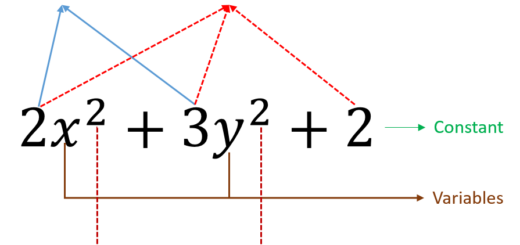Pythagoras’ and his theorem
There is geometry in the humming of the strings, there is music in the spacing of the spheres
Pythagoras
Summary
Around 2000 years ago there was an amazing discovery in the world of Mathematics – The Pythagoras Theorem, which became a fundamental theorem in the area of geometrical uses.
Who is Pythagoras
Pythagoras was born in the mid-sixth century in Samos(Greece). He lived a wealthy and stress-free childhood. So he had the opportunity to learn more than the average kids at his time he was inspired by his teachers namely Thales and Anaximander. He learned about maths, philosophy, geometry, astronomy, and cosmology. After he left Greece he arrived in Egypt, the geometry of pyramids fascinated him. Through his education and studies he is known as the first pure mathematician.

Image credit Raphael / Public domain
He did not like how the sages in Egypt got respect just because they have the answers to the universe and understanding life therefore he studied more about philosophy, maths and nature. He wanted to educate people on his beliefs and religion and wanted to create a community of equality and belief.
His discoveries were not only discovered by him, Most if not all were discovered together with his followers the Pythagoreans’ life since borders were changing rapidly and new rulers were coming into power, the pressure for discoveries heightened.
A brief history of Pythagoras’ theorem
The statement of this theorem was discovered on a Babylonian tablet around 1900-1600 B.C. This theorem is a fundamental building block of maths.
Heath, a mathematician wrote “A history of Greek Mathematics” and he lists Pythagoras theorem. This theorem was used, way before Pythagoras was even born. Since the days of ancient Babylonians and Egyptians, although it may not have been stated as explicitly as Pythagoras. Pythagoras and his followers actually wrote it down and proved it.
The Egyptians used a knotted rope as an aid to constructing right angles in their buildings. The rope had 12 evenly spaced knots, which could be formed into a right angle thus giving an angle of exactly 90 degrees.
The Pythagoras Theorem
The Pythagoras Theorem states that “In a right triangle the area of the square on the hypotenuse is equal to the sum of the areas of the squares of its remaining two sides.” The side opposite to the right angle is called the hypotenuse, it’s also the longest side of the triangle.

Ntozis / Public domain
This theorem can be written as an equation relating the lengths of the sides a, b and c, often called the “Pythagorean equation” :
Uses of Pythagoras theorem
- The Pythagorean Theorem is used to calculate the steepness of hills or mountains.
- In building constructions to make sure they are keeping the walls exactly in square form, that is in 90 degrees.
- Navigation, to calculate the shortest distance to reach a destination point
- and many more

Image by Christian Dorn from Pixabay





























